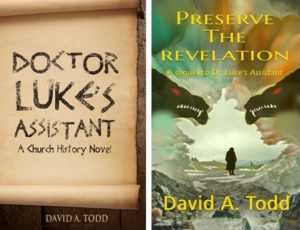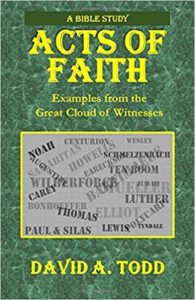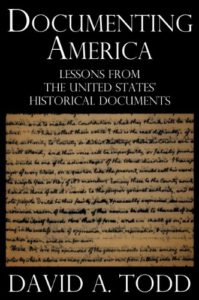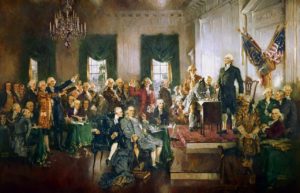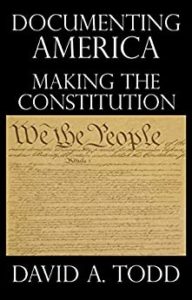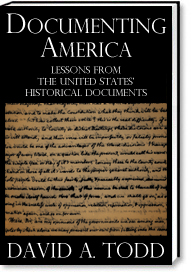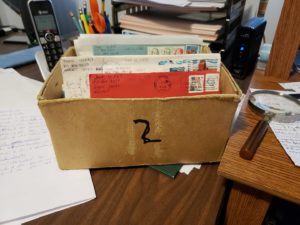Dateline: 4 February 2021
As I said in my last post, which re-capped the writing I did in January, my next post would be about writing goals for February. On Monday I thought I might write that post the next day and have an extra post this week. Alas, that didn’t happen. But I’m here now.
What are my writing goals for February? I haven’t written them anywhere (something I sometimes do), so today I’m making this up as I go along.
- Continue to work on The Teachings. At the rate I’m writing now, I should write “the end” somewhere around Feb 15. That depends a lot on life circumstances. We will be babysitting grandchildren during part of this time, and traveling two days, so that time may slip. A lot depends on how much I manage to get done today.
- Continue to work on the 100th Anniversary book for my church. I’ve made a start with the book somewhat planned out and the writing started, now sitting at 1,675 word heading towards 20,000 words, maybe a little longer. Last night I did some research into one item—actually a person—that I felt needed expanding in the book. I found what I needed. I don’t have any real deadline for this book, but I would like to have it fairly well finished by July. Still much research to do, especially of photos for illustrations.
- Get back to research into my next Documenting America book. I call this Run-up To Revolution. It’s about the period before the outbreak of fighting in 1775, so say from 1761-1775. I read for research before, but not a whole lot. I don’t know if this will be the next book I work on or not. A lot will depend on this research.
- Continue to blog twice a week. Very doable.
- Continue to work on my bibliography. I started this some time ago, maybe three or four years, after I found joy working on a chronological bibliography for Thomas Carlyle’s writings. Every now and then I open it and add a few more things to it. I did that last week and early this week. I plan on keeping up-to-date with blog posts and other writing endeavors. This is a “don’t have to do it” task, but it is becoming a labor of love. Perhaps no one will ever really care about the vast number of items I’ve written, but I plan to leave a comprehensive bibliography behind just in case someone does.
- This is more publishing than writing related: Begin to improve my books to try to 1) get more reviews and 2) improve the click through and purchasing rates on my ads. I’m aware of several small-ish things I can do to make that happen. Or at least do to try to make that happen. I’ll start with the two books currently advertised, then do the others in their series, then branch out to others. For February, I will plan on doing the ones advertised.
- Advertise one more book. I’m thinking it will be Acts Of Faith, but we shall see.
I think that’s it. I have no plans to work on letter transcriptions, or write any essays, or political essays. It’s getting into tax season and, right after this babysitting gig, I’ll have to take some time for that. Corresponds well with completion of the first draft of The Teachings.
